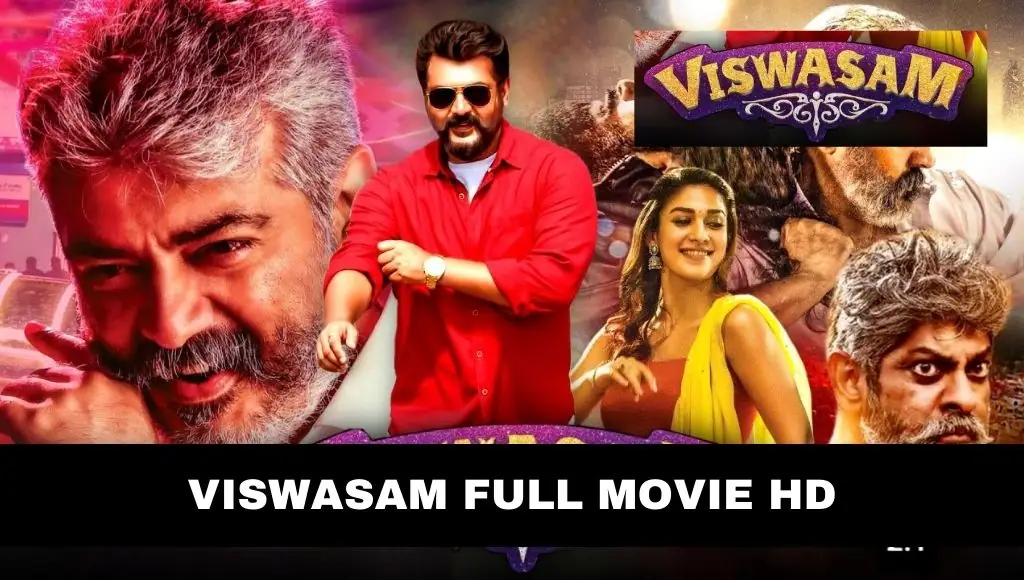When the film brings stories of the past, the biggest challenge is how to bring that period on screen. When Maidaan was being made, the film’s production designer Khyati Kanchan also had this responsibility. The film is based on the life of Syed Abdul Rahim, who was the coach and manager of the Indian football team from 1950-1963. “” “It took four years to make this film,” “she says.” A lot of research work has been done, because there is an era of internet media. If the glass and cup is also seen in the frame of this era, then people will troll for it. The director, cameraman, costume department and I were part of the core team of the film because we were responsible for the shots that people would see.’
“Being a period film was the most challenging part of the film because it had to be believable. We have a lot of problems here. We have fewer archives from the fifth and sixth decades of the last century. Newspaper is the most important part of our film. At the time of this story, the main medium of news was newspaper and radio. Making radio was not a problem for us, but for the newspaper we had to use a special kind of ink, which was used then. It was waterproof. We have also made the tram that is seen in the film. Only two days were given to prepare the tram. We gave a tempo traveller the look of a tram from the inside.’
Made everything from football to shoes. Making shoes and footballs for the actors who became players in the film was also a difficult task for fame. “Earlier, shoes were made of leather. The studs on its sole were wooden. who had been. Today, they are made of fibers or plastic. There are many football fans, who had given us many inputs. Football also used to be leather, there was not much bounce. We then adopted the scientific method, sometimes reducing the air inside the football, sometimes more, sometimes reducing the thickness of the leather, then the football was ready. The experts of this football passed the test again.’
The film has been shot in Mumbai’s Mud Island with a set as big as the Olympic Stadium. The same stadium was changed every time to become the stadium of different countries. “We grew grass there,” she says. We also had to carry a patch of grass with us. For consistency, we had to keep a patch of grass of the same length as the shot. When players played with their leather-studded shoes on, all that grass would come off.
Then it was necessary to take a break, again the grass was planted. We were showing Asian and Olympic games in the film. Everything had to be taken care of. This is the first time I am working with Ajay. He’s a professional. Sometimes he used to play football with the film team. We used to run after them not to play, because the grass was set for the shot, there was a fear of not getting anywhere. Anyway, it was a fun experience.’










